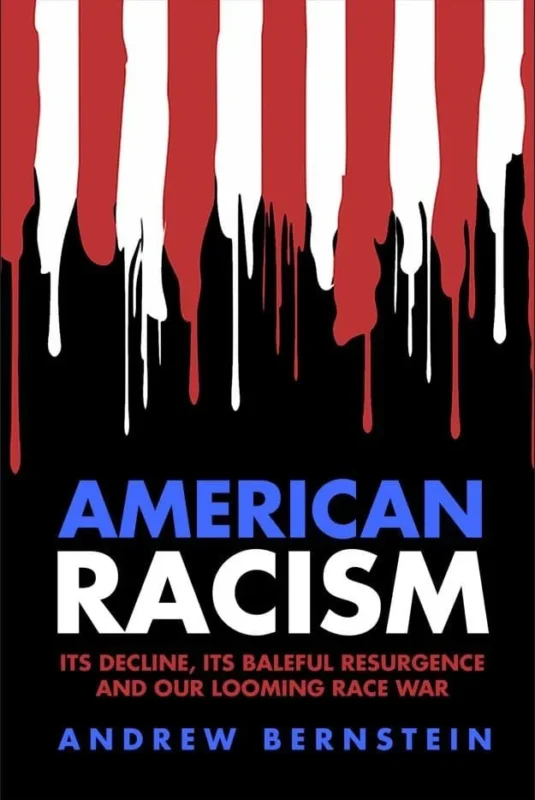My previous columns here have been about President Bush’s bold tax-cut proposal — how it will help the economy grow, and how some of the criticisms of it are wrong. Today’s column sets those issues aside and looks at the simple short-term impact that the plan would have for stock investors if it were enacted.
Believe me — if the plan were enacted, it would have a big impact. And it would have nothing to do with any long-term “stimulative” effects the plan might have on the economy. By my calculations, simply enacting the plan would cause stock prices to jump by about 15% overnight — by the stroke of a pen, as it were. And it’s not going to be just stocks that pay dividends: I think it will happen to almost all stocks in just about equal proportion, no matter what kind of dividend they pay.
Here’s why. The most basic definition of the value of a stock is “the present value of all its future cash-flows paid to investors.” That means dividends — and not just the dividends paid today (if any), but all the dividends that may ever be paid into perpetuity.
For investors who have to pay taxes, the tax rate on those dividends makes a big difference — the lower the tax rate, the bigger the cash-flows. And since today’s value of a stock is dependent on the size of those cash-flows, the lower the tax rate, the higher the value of the stock.
Think of it this way — if the taxes on dividends are lowered, then the effective value of the dividend for investors goes up. All else equal, that means that the stock price should go up proportionately. It’s really as simple as that.
Here’s an example. Suppose you have a $10 stock that pays a $1 dividend, but investors must pay 50% in taxes on dividend income. Even though the stock has an apparent yield of 10%, its after-tax yield is only 5%. The market must have decided that 5% is the right yield for this stock — that’s how it’s priced. Now suppose the tax on dividends is eliminated. Suddenly — by the stroke of a pen — the stock has an after-tax yield of 10%. You think the stock would stay priced at $10? No way — it would jump to $20, so that its after-tax yield would be back at the original 5%.
That’s simple enough — but here’s something that you probably didn’t expect. In the example, assume that the stock pays a $2 dividend instead of $1 — or put in any number you want. When the tax rate falls from 50% to zero, the after-tax yield always doubles no matter where it started out — so the stock price has to double, too. That’s why I said earlier that all stocks will experience the same jump if the tax cut is enacted, regardless of their yield.
So now you’re probably asking, what about stocks that don’t pay a dividend at all? Admittedly, they don’t fit quite so perfectly into my simple example — because no amount of tax-cutting can improve a zero yield. But the way I see it, stocks are priced not just for today’s dividends, but for all the dividends to come indefinitely into the future. Who knows — maybe someday even Microsoft (MSFT) may pay a dividend (wait — that doesn’t sound quite right…). When the tax rate is cut on all those future dividends, even stocks that don’t pay a dividend today will rise, too.
OK — so let’s say you accept my basic argument for why stock prices will jump if Bush’s tax cut is enacted. Now how do we get from there to my specific prediction that the market will jump 15%? Well, getting to that exact number isn’t so simple.
First, you have to make a guess about how much of tax cut will really be enacted. My 15% number assumes that the federal income tax on dividends will be eliminated entirely, just as Bush has proposed. But if it’s only cut partially, then the jump will be proportionately smaller.
Second, you have to make a guess about how much tax on dividend income people are paying now. We know that the top federal rate is about 38%, but not everybody pays the top rate. And what about state taxes? Those make the tax effectively higher if you live in a high-tax state — but make no difference at all if you live in a low-tax or no-tax state. In my calculation I’ve settled on 35% as a guess for the national average tax rate. If the average rate is really lower, then the jump in stock prices will be proportionately smaller.
Third, you have to make a guess about how many investors don’t pay any taxes at all right now. That could be you, if you have money in an IRA or a 401(k). Even though you’ll have to pay ordinary income taxes someday when you take the money out, the fact that you didn’t have to pay taxes when you first earned the money means that your dividends are already effectively tax free. Including big corporate and government pension funds, university endowments and charitable foundations, I’ve assumed that about 50% of investors already pay no dividend taxes. If that number is really higher, then the jump in stock prices will be proportionately smaller.
Finally, you have to make a guess about how much of the dividends companies pay out will actually be qualified for the zero tax rate under Bush’s plan. According to the fine-print of the plan, dividends are only tax-free for shareholders if the company has already paid the maximum corporate tax rate on its earnings. Some corporations have gotten so good at avoiding income taxes that, as a result of this provision, their dividends may not actually be tax free to shareholders. My inspection of corporate tax payments leads me to believe that about 85% of current dividends will be tax free. But if that number turns out to be less than that, then the jump in stock prices will be proportionately smaller.
So…are you still with me? If you put all those “what ifs” together, you come up with my calculation that the stock market should jump about 15% if the tax cut is enacted.
But now for the trillion dollar question — 15% jump from where? Certainly the stock market has already incorporated at least a little of the anticipated jump, unless it’s assigned a zero probability to the plan’s being enacted at all. If the plan moves closer and closer to enactment, we can expect to see more and more of the jump get incorporated into prices. Then, at the last moment, when the president signs the tax cut into law — there will be no jump at all, because it will have already taken place by then.
Perhaps right now you’re asking — what jump? For the last couple weeks, the only way the market has jumped is down. All I can say to that is that without Bush’s tax cut plan on the horizon, things might be even worse — obviously the market has a lot of things on its mind right now other than tax rates.
But don’t let that distract you. Those things will pass. And this tax cut is on the horizon. And so’s that jump.
This is one of those cases where a political decision really will affect you personally — right in your portfolio. So don’t be shy. Take all the facts into account, think about where you stand, and let your senators and congressmen know.









